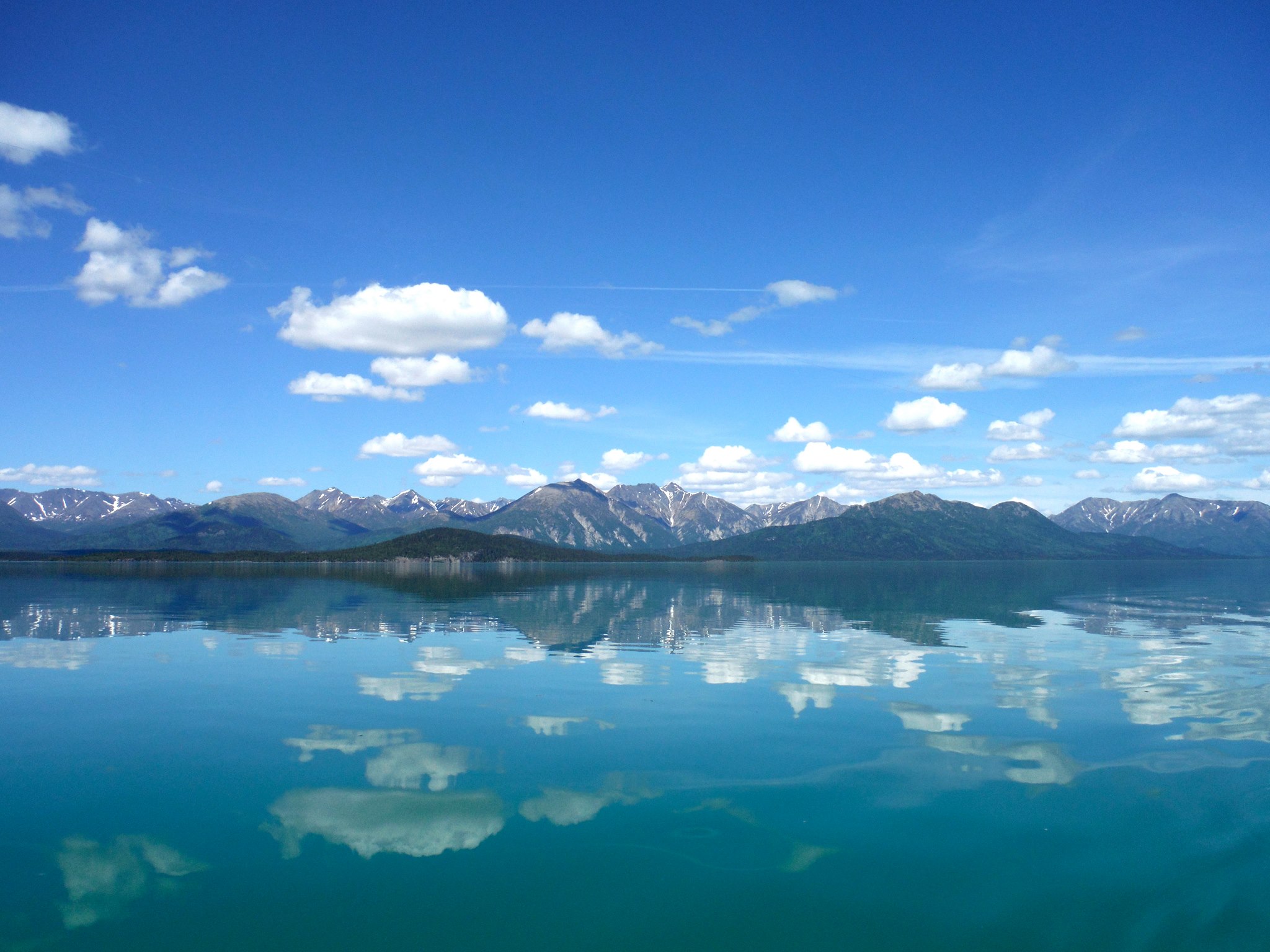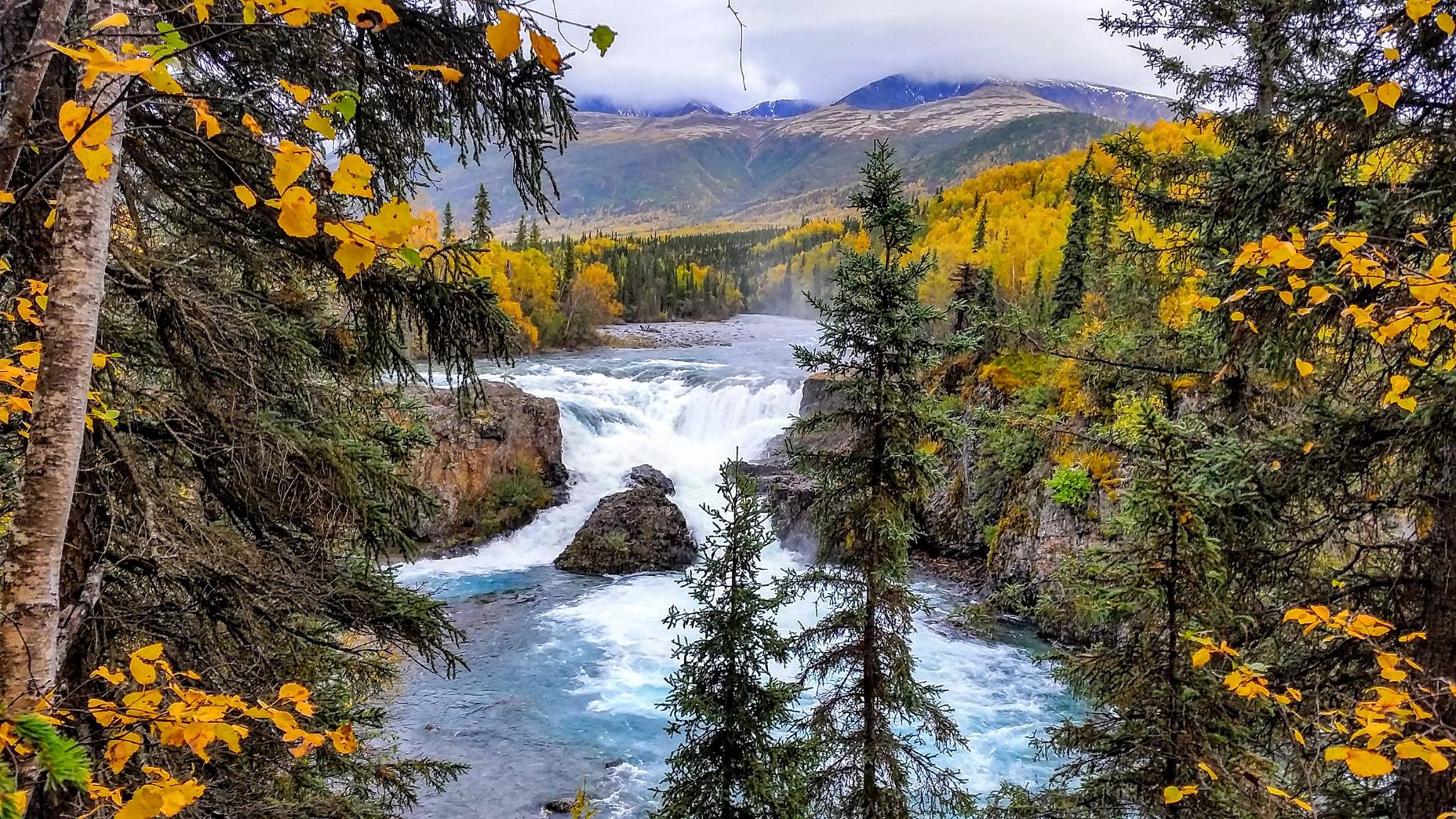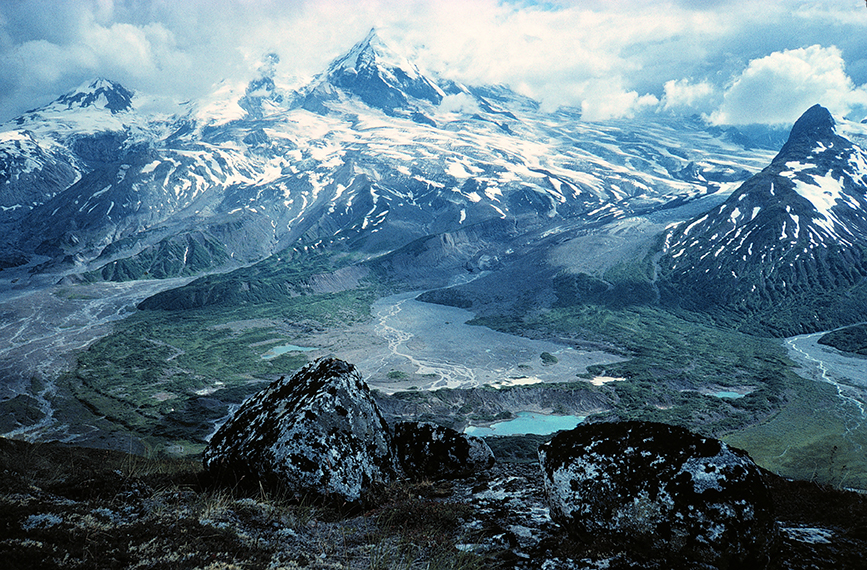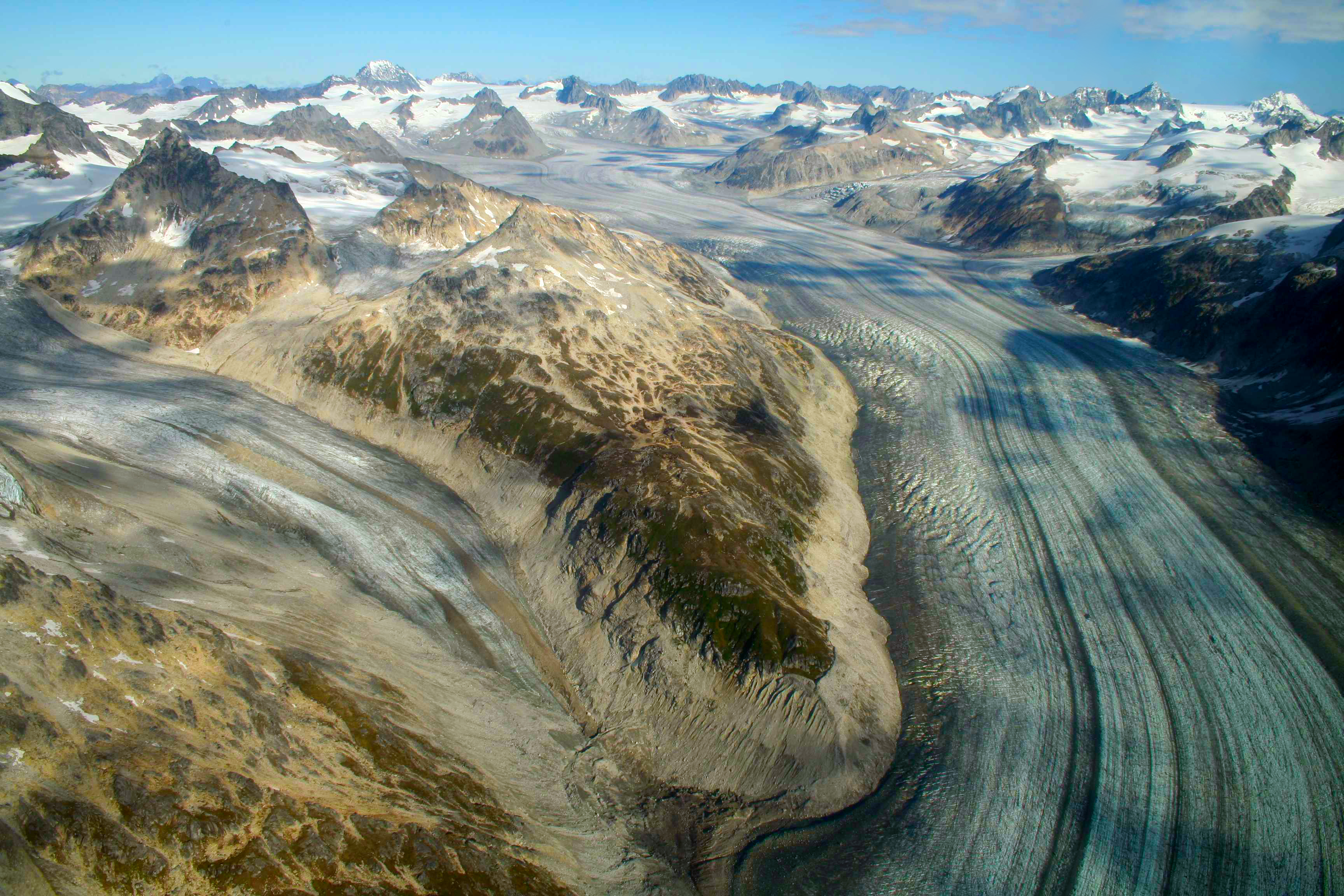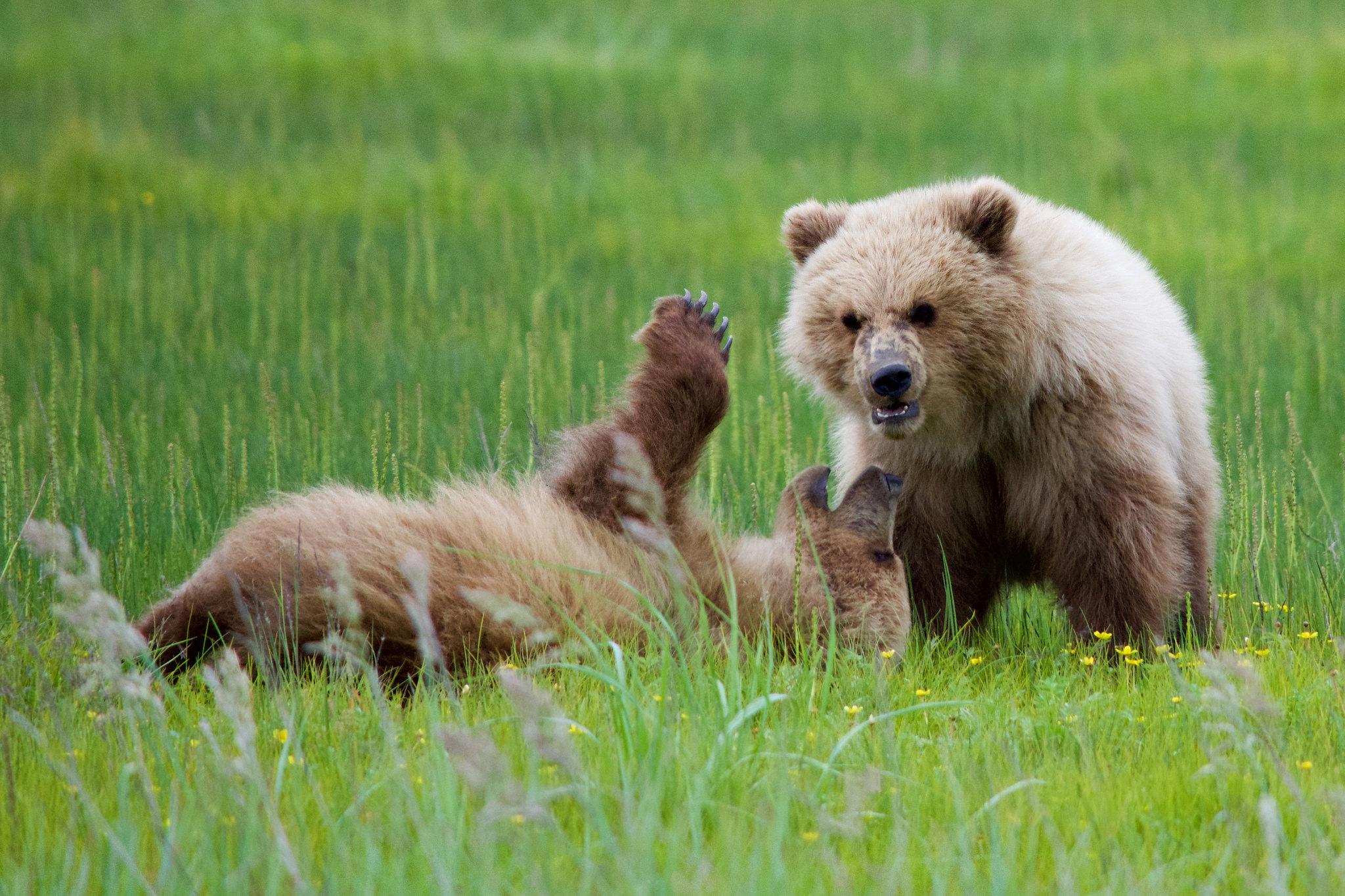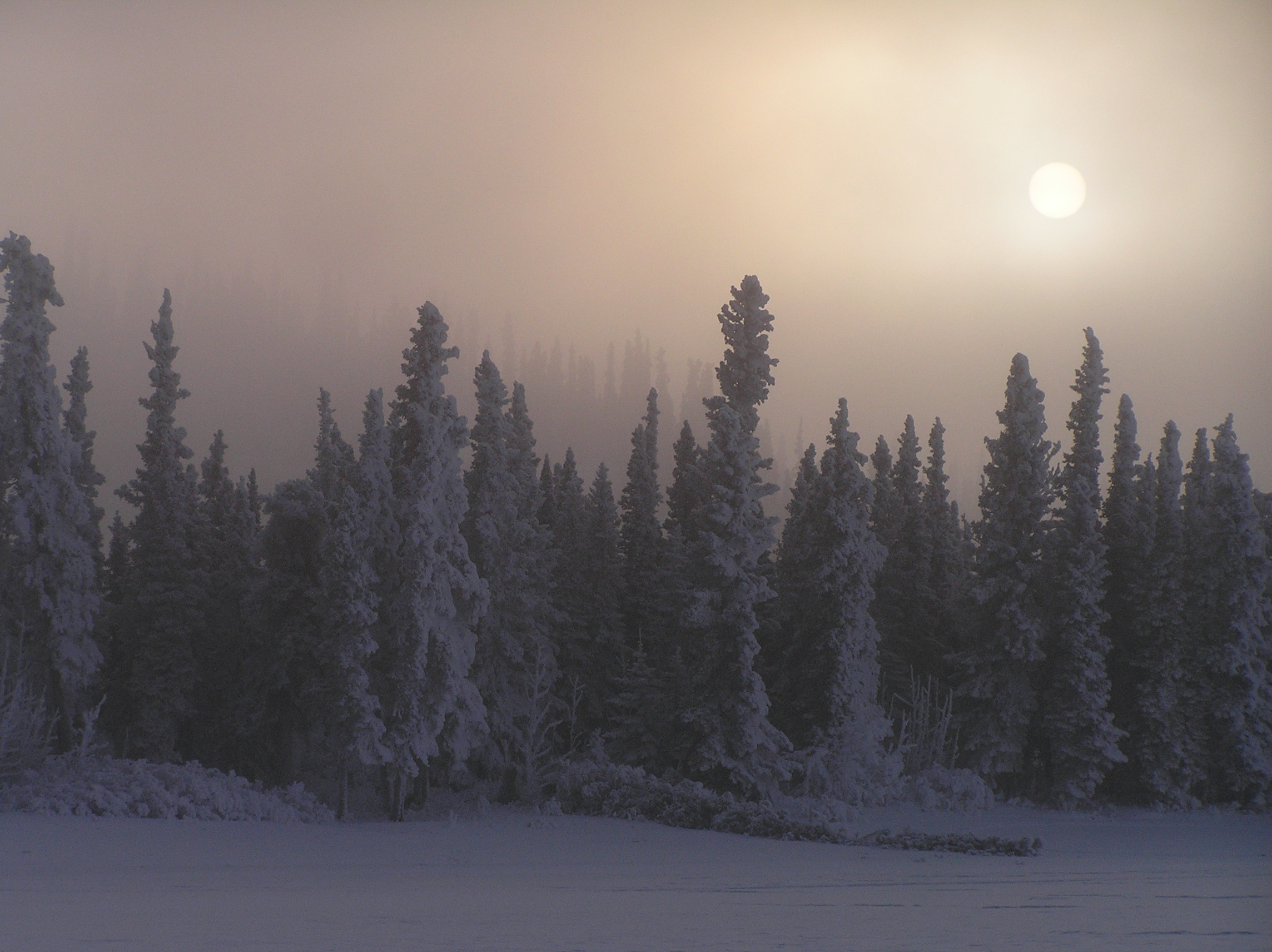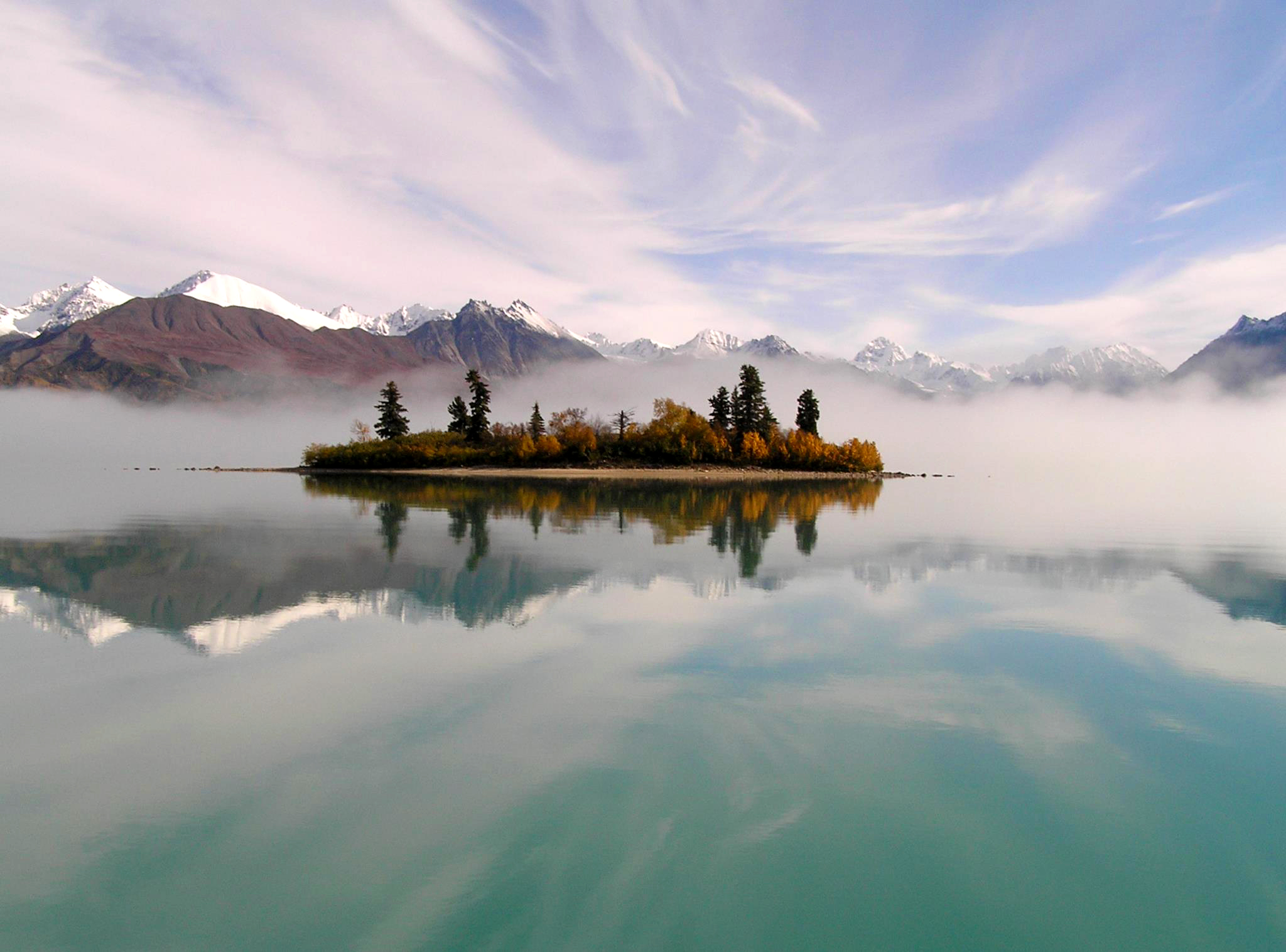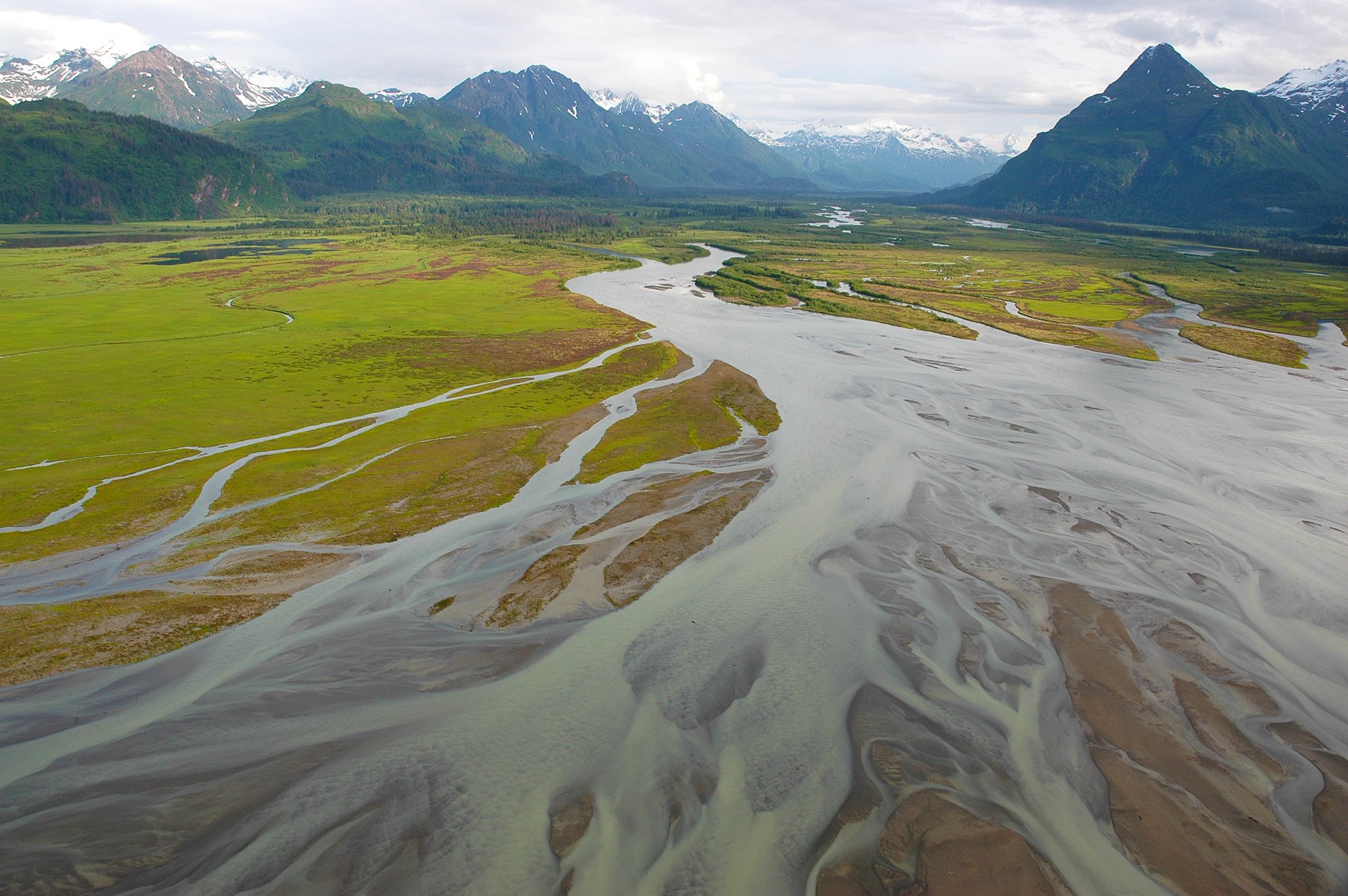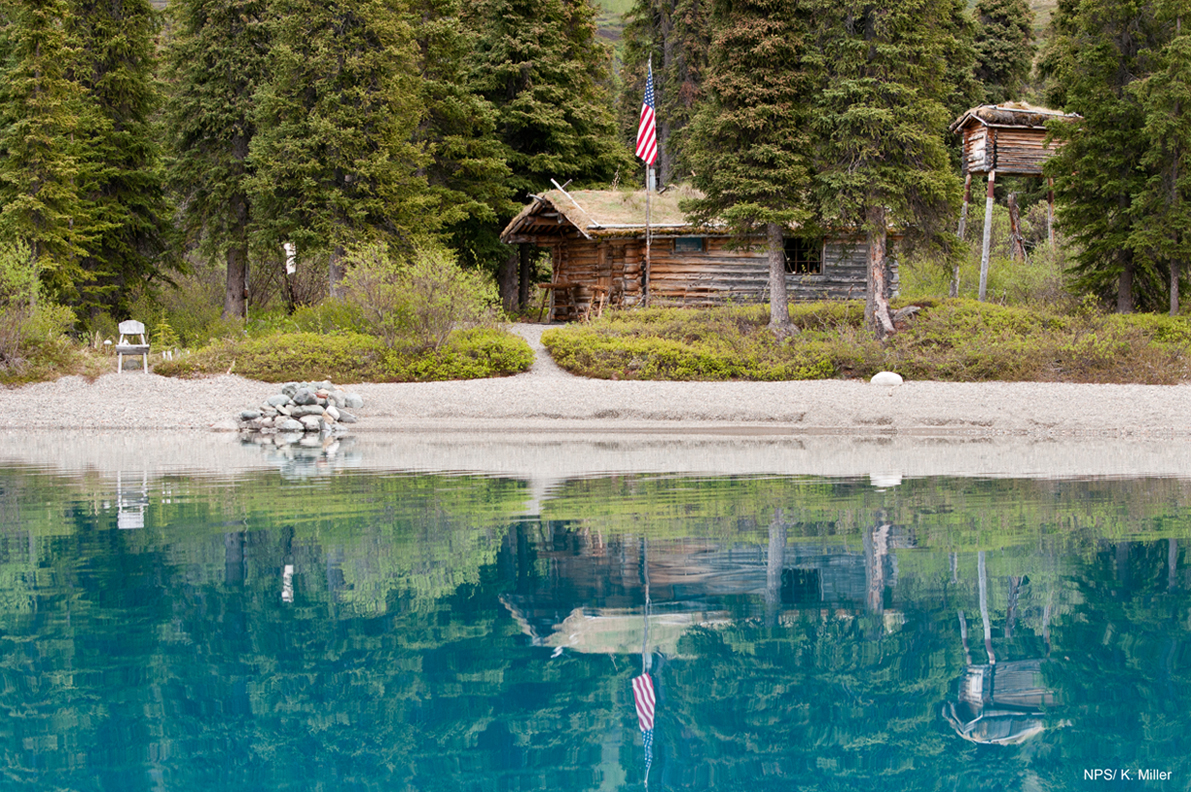Lake Clark National Park and Preserve is a land of stunning beauty. Volcanoes steam, salmon run, bears forage, and craggy mountains reflect in shimmering turquoise lakes. Here, too, local people and culture still depend on the land and water. Venture into the park to become part of the wilderness.
Lake Clark
The park's namesake lake is the largest lake by volume in the National Park Service.
Tanalian Falls
The park protects thousands of waterfalls including Tanalian Falls, which is a popular day hike destination from the town of Port Alsworth.
Redoubt Volcano
Lake Clark is a land of fire and ice. Active volcanism and retreating glaciers created and continue to shape the peaks, moraines, and river systems in the Chigmit and Neacola Mountains.
Tanaina Glacier
Perenial snow and glacial ice covers ~1,250 square miles, or 20% of Lake Clark National Park and Preserve.
Two cubs playing at Silver Salmon Creek
Bear viewing is a popular activity along the Cook Inlet Coast.
Boreal Forest
Boreal forests encircle the earth's northern latitudes like an emerald necklace. Lake Clark's forest, which covers more than 440 thousand acres or 11% of the park, is dominated by white spruce mixed with black spruce and birch.
Telaquana Lake
A number of glacier fed lakes pepper the western boundary of the Chigmit and Neacola mountains like a string of spectacular turquoise gems.
West Glacier Creek
Estuaries where rivers meet the sea provide a mosaic of rich habitats along the Cook Inlet Coast that support high numbers of bears and other wildlife.
Richard L. Proenneke National Historic Site
The park protects and interprets the Richard L. Proenneke National Historic Site and trail complex as a symbol of the national wilderness movement and a source of inspiration and solace sought out by visitors from throughout the world.
